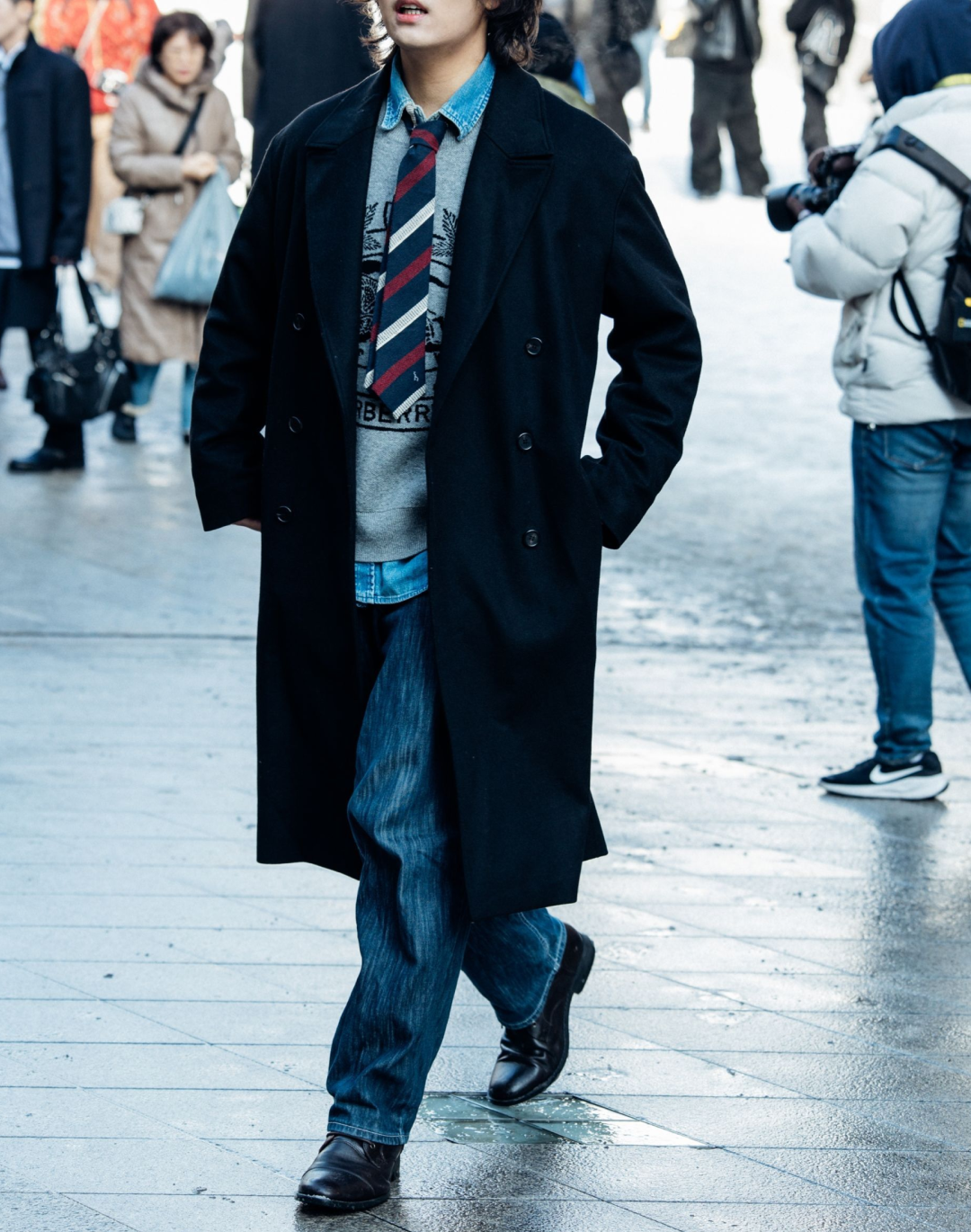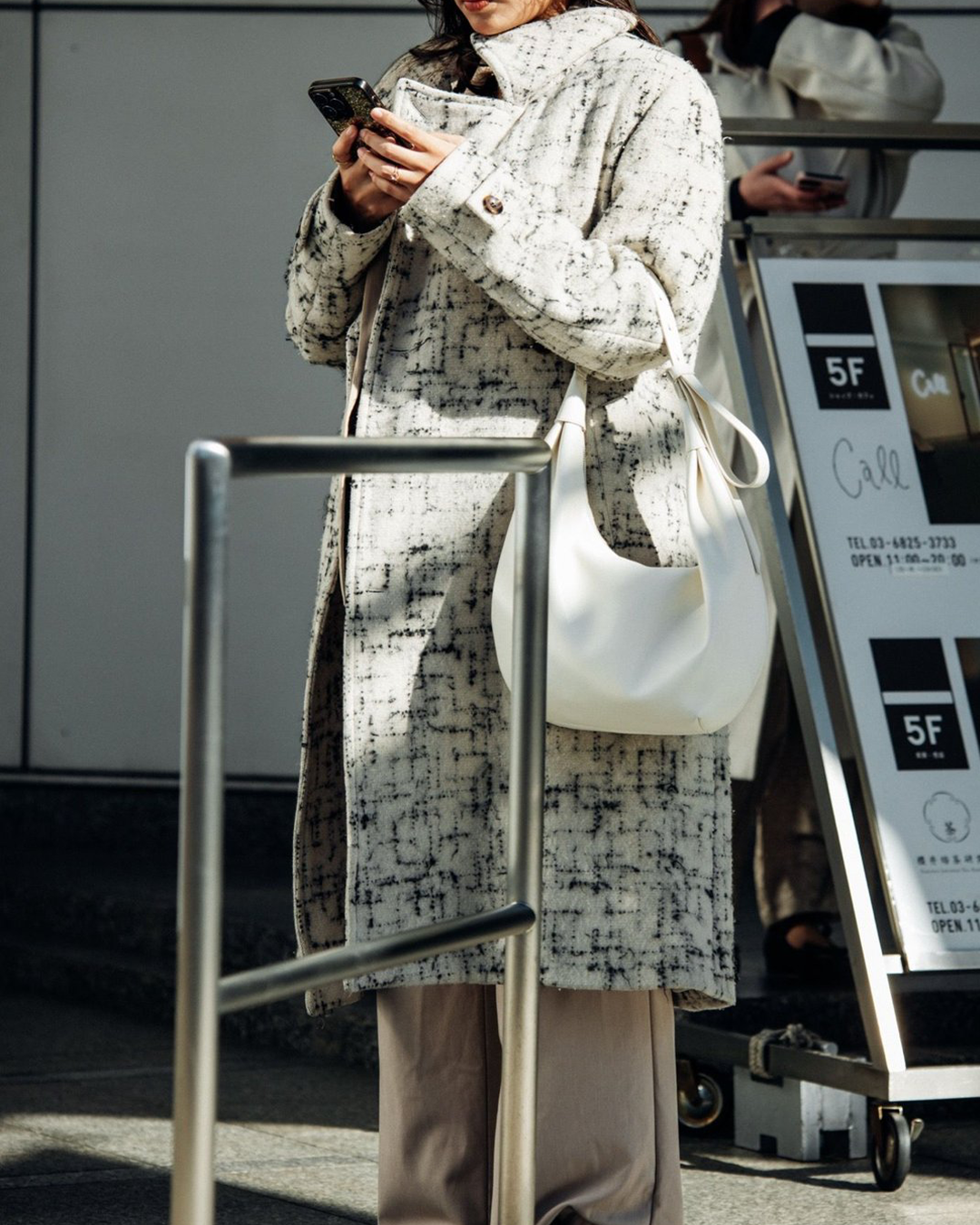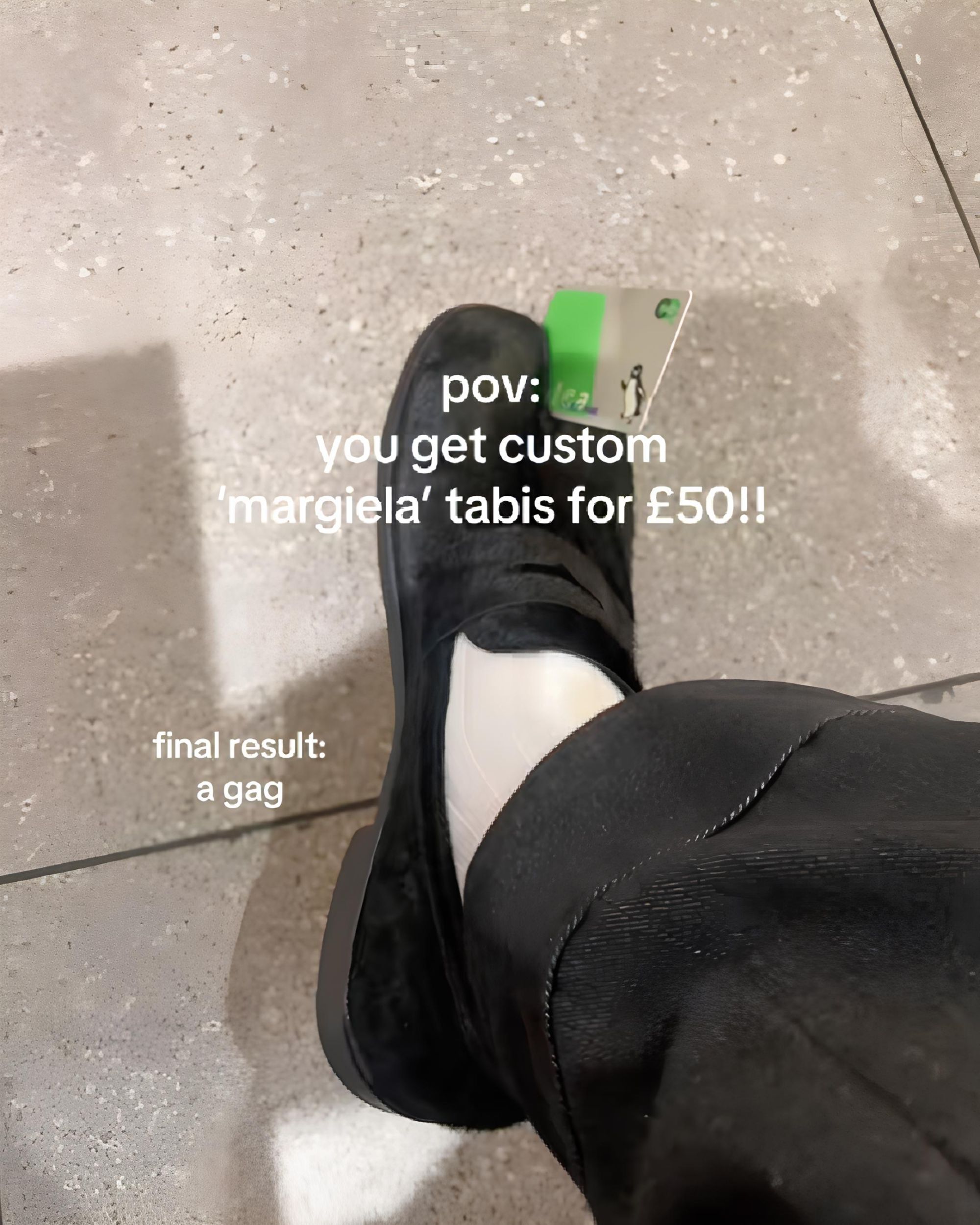
The complicated world of online tailor-made clothing services From Amazon to start-ups, lights and shadows of the tailoring of the future
The allure of tailoring anywhere, at any time - is the promise of Amazon's Made for You tailor-made clothing service, certainly not the first company to experiment with the service, but for sure is the most popular. The system offers many advantages, both to the manufacturer and to the customer: there is no stock in the warehouse, because only what is ordered is produced, and if the measuring method is correct, returns will be rare, thus avoiding one of the most expensive problems for e-commerce. Finally, you do not go through physical stores, so prices tend to be lower than average. The market for tailor-made clothes online definitely exploded during the pandemic, which, by forcing people to stay indoors and shops to close, caused sales of this type of clothing to grow considerably.
But there are also problems of size, which varies according to the brand and to the country, imposing a standard idea of a body - opposed to sartorial fashion, which instead adapts to the silhouette. At the same time, however, it is not easy to produce customized garments in large quantities, and sometimes the result is not very different from a ready-made suit. This stems from the fact that taking measurements in the right way is by no means simple (which is why professional tailors exist): even today, the algorithms and virtual models made available by brands are not sufficiently advanced technology to replace an expert. In addition, one has to take into account that the cheapest clothes are not cut from scratch, but rather readapted from ready-made models.
In addition to Amazon's Made for You service, launched in 2020 in the United States, one of the most famous experiments in custom-made online clothing is Zozosuit, which was launched in Japan in 2017 at the behest of the company Zozo. A customer potentially interested in such a purchase could receive a suit full of reference marks that, through a special app, calculated the exact size of the wearer. At that point, the customer could buy the clothes he or she wanted on the Zozo website, where a special basic and all in all inexpensive line of shirts, jeans, t-shirts, and suits was available. However, the experiment failed two years later, in 2019: the shipping time proved to be too long, and often exceeded the guaranteed six weeks.
In addition, customers blamed the fact that there were too few models available (around thirty), with uninteresting lines and colors. But the real problem was the fit, which although it was supposed to be the strong point, turned out to be below expectations - many reviews called it 'disappointing'. At the same time, buyers criticized the fact that the garment did not fit any better than the one available in the shop. However, Zozo didn't give up and in 2020 unveiled the Zozosuit 2, an improved version of the suit of the same name with 75 times more markings than the original (up from 400 to 30,000). The company hopes that this time the initiative will achieve the same good results as Zozomat, the foot measurement system for made-to-measure shoes, which reduced returns by about a third.
One sector where tailor-made suits have had their ups and downs is men's tailoring - shirts in particular. There are many companies and boutiques that make them measure and in recent years the service is also moving online. In Italy, for example, there is Lanieri, one of the first e-commerce men's tailor-made suits: it deals in shirts, jumpers, ties, trousers, suits, and coats. Starting from a model and fabric, it allows you to choose buttons, collars, linings, or cuffs, among other things, for a total of 10 million combinations. Unlike other brands, Lanieri has provided customers with video tutorials to take measurements in the right places and in the right way. In America and Europe, similar services have sprung up in recent years, such as J.Hilburn, founded in 2007: in the first year the label's sales exceeded 3 million dollars, and seven years later they rose to 50. Realities such as Indochino, Proper Cloth, Knot Standard, or Blank Label are also moving in this area: they all have different measuring systems, from the most traditional to the most avant-garde. Proper Cloth, for instance, offers six possibilities: among other things, one can answer questions online (height, weight, neck size, build, etc.); one can take one's own body measurements, from waist to wrist and biceps circumference; or one can measure a shirt or confront an expert in a virtual meeting. But if services for the male target group are working and are increasingly popular, those for women are rarer.
For example, there is Careste, a San Francisco start-up that produces and sells customized elegant women's clothing: each garment is made on the spot, thus reducing waste. The brand makes use of both traditional measurements and 3D technology, allows customers to choose from various models and fabrics, and then asks the customer to add their own size and measurements of 8 points of the body. Finally, it is possible to request, in addition, any kind of modification, even by simply writing an e-mail to the company. Also interesting is the proposal of the French company Les Merveilleuses, which allows you to choose your tailor-made suit online: you start from a list of models to which you can modify the neckline, length, fabric, color, and so on, before entering your measurements. As far as jeans are concerned, in 2019 the H&M group launched an experimental program of customized jeans, carried out by its Weekday brand together with The Laboratory - the company's research laboratory: the initiative was conducted on 100 people, and 80 said they were happy with the result.
Jeans are perhaps the most challenging garment to get made to measure and, as New York Times journalist Stephanie Rosenbloom reported in 2011, due to the more subjective fit compared to other garments, the results are no less satisfying. Ultimately, having a tailor-made suit made online might seem like nonsense, because the idea immediately associates itself with the traditional image of tailors. And yet, increasingly clothing e-commerce shops are giving this entirely on-demand possibility, allowing them to offer products of excellent quality at low cost. With the years to come and the calibration of certain useful technologies (first and foremost artificial intelligence), still at an experimental stage today, this could become a trend not to be underestimated for the entire fashion industry.














































